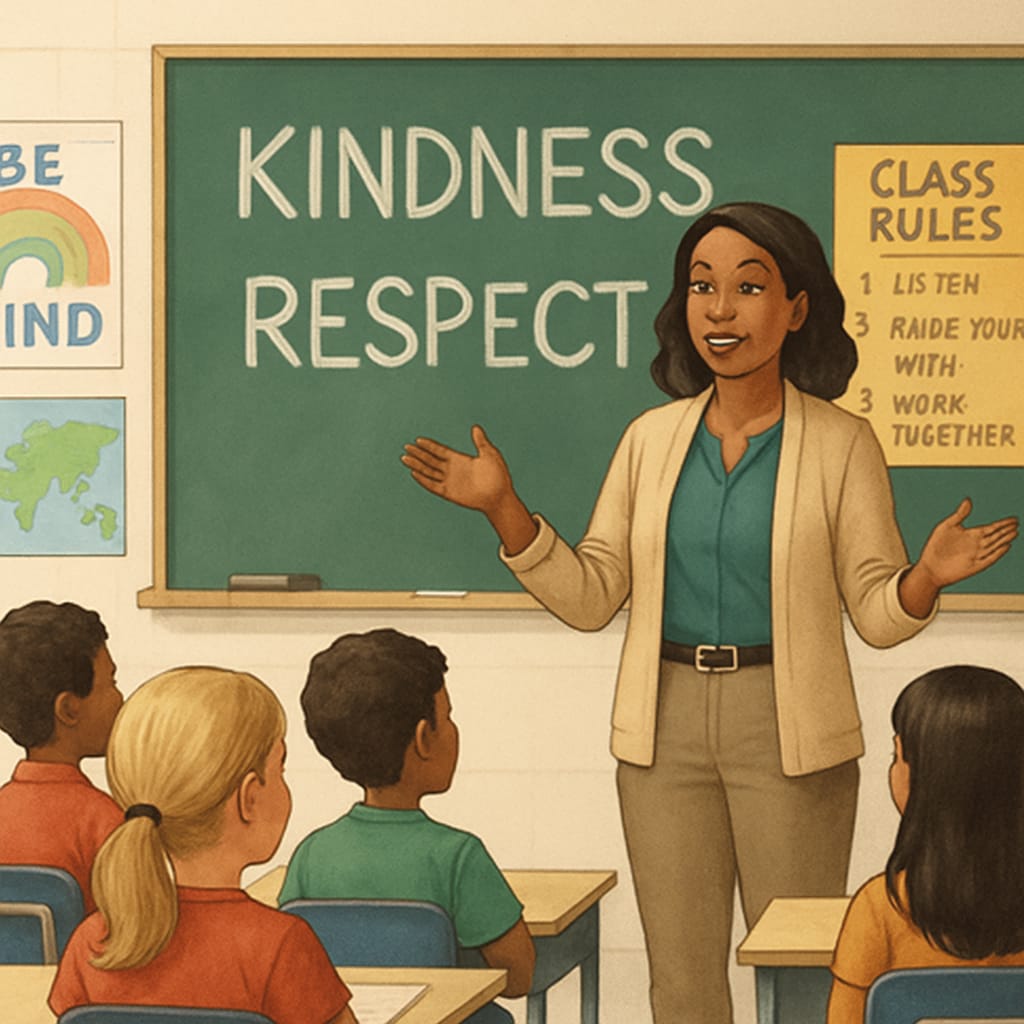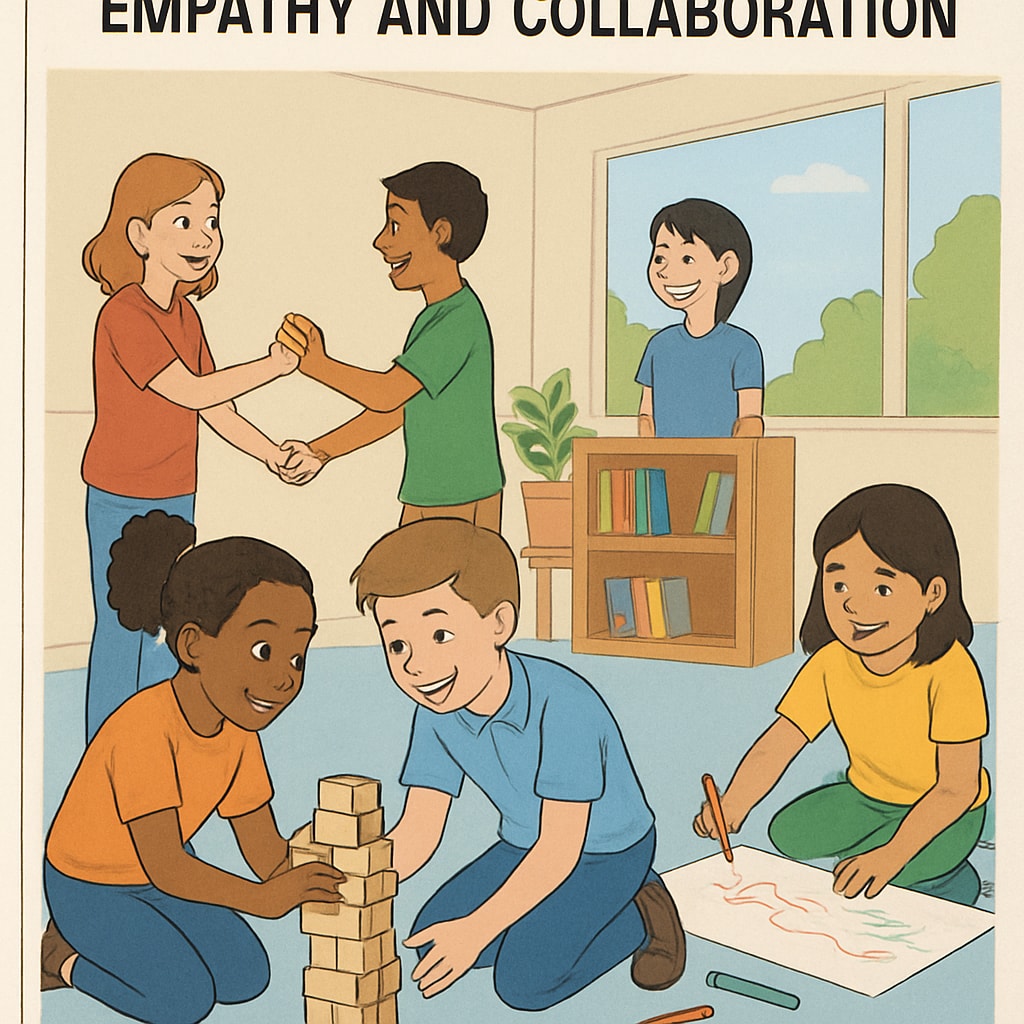School bullying, education management, and behavioral boundaries are critical topics in modern educational discourse. Tackling bullying effectively requires a nuanced understanding of what constitutes bullying versus normal developmental behavior. In this article, we explore educators’ ideal strategies for addressing bullying, unbound by external constraints, to design a safe, inclusive, and supportive school environment.

Understanding the Boundaries: Distinguishing Bullying from Normative Behavior
For educators to create effective anti-bullying strategies, it is paramount to delineate bullying from normal social interactions or conflicts. Bullying is characterized by repeated aggressive behavior, intent to harm, and an imbalance of power. However, disagreements or occasional teasing among peers should not automatically be classified as bullying. Educators need clear guidelines to distinguish these behaviors and respond appropriately.
For example, the definition of bullying on Wikipedia emphasizes the role of intent and repetition, serving as a foundational reference for educators. By understanding these distinctions, schools can prevent overreaction while still addressing real issues effectively.
Proactive Measures: Prevention Strategies to Build a Safe Environment
Prevention is the first line of defense against school bullying. Educators can adopt proactive measures that foster empathy, respect, and inclusion among students. These strategies include:
- Implementing social-emotional learning (SEL) programs to teach students empathy and emotional regulation.
- Organizing workshops and activities that promote teamwork and understanding of diversity.
- Creating clear and accessible reporting channels for students to share concerns safely.
- Training teachers and staff to recognize early signs of bullying and intervene effectively.
Such initiatives encourage positive peer interactions and reduce instances of bullying behaviors. Additionally, studies show that schools with strong prevention programs experience lower rates of bullying (Bullying overview on Britannica).

Intervention Strategies: Addressing Bullying When It Occurs
Despite preventive measures, bullying may still arise. Effective intervention strategies are crucial to address incidents promptly and ensure they do not escalate. Educators can employ the following approaches:
- Conduct private, non-confrontational discussions with both the perpetrator and victim to understand the situation.
- Utilize restorative justice practices to foster accountability and reconciliation.
- Engage parents or guardians in the resolution process to create a unified approach.
- Monitor affected students closely to ensure their emotional well-being post-intervention.
Intervention is not solely about punishing wrongdoers but also about educating all parties involved and rebuilding trust within the school community.
Building a Culture: Long-Term Solutions for Inclusive Schools
The ultimate goal of any anti-bullying initiative is to cultivate a culture of respect and inclusivity. Long-term solutions require schools to integrate anti-bullying principles into their core values. Administrators and educators can achieve this by:
- Regularly updating policies to reflect the evolving understanding of bullying and effective management techniques.
- Encouraging student-led initiatives, such as peer mediation programs and kindness campaigns.
- Providing continual professional development for educators to stay informed on best practices.
By embedding these practices into the school’s framework, bullying becomes less tolerated and more preventable over time.
In conclusion, addressing school bullying requires a comprehensive approach spanning prevention, intervention, and cultural transformation. Educators must remain vigilant in distinguishing bullying from normal behaviors and implement strategies that promote safety and respect. With the right blueprint, schools can break the chains of bullying and create truly inclusive environments for all students.
Readability guidance: The article uses short paragraphs, lists, and transitional phrases for clarity. It maintains an active voice and limits passive constructions to enhance engagement and readability.


